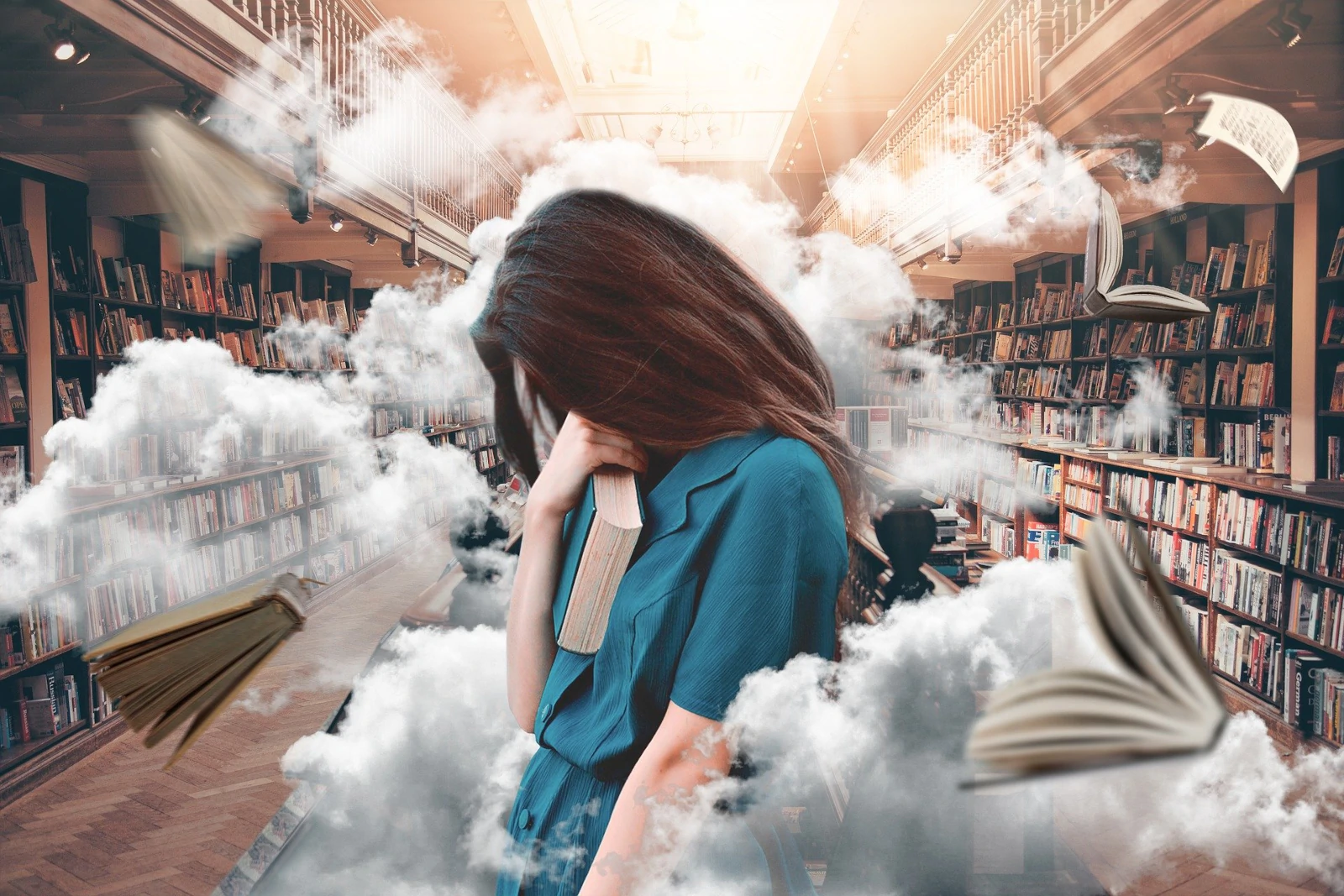
What Exactly Is Editing?
Words By Ally Geist
So you want to be an editor? Decided to wade through the sea of someone else’s words to find the “point” of the story? Are you that friend who corrects other people’s grammar as they speak, or text, or write?
I feel you.
Something that I didn’t learn until publishing school, though, was how many different types of editing there are.
Here’s a quick breakdown of the different types of editing, according to Editors Canada:
1) Structural Editing (aka Substantive Editing)
Structural editing, also known as substantive or content editing, includes assessing and shaping the overall arc of a draft or story in order to achieve an organized and consistent piece. Structural edits may be presented to the writer as suggestions or as drafted edits. This type of editing can also include revising, cutting, or expanding material, clarifying plot points or characterization, and determining whether permissions are necessary if external material is used or quoted from.
2) Stylistic Editing (aka Line Editing)
Stylistic editing includes editing for clarity and ensuring that a piece flows well and has a consistent voice. It can also include refining language, eliminating jargon and clichés, etc. Stylistic editors also often make sure that the language level is appropriate for the piece’s intended audience.
3) Copyediting
Copyediting is often what people think of when they think of “proofreading” or “can you look over my essay for me?” It includes editing for grammar, spelling, and punctuation. It also includes checking for consistency and continuity, and editing tables, figures, and lists. Copyeditors do basic fact-checking and query any general information that needs to be confirmed. They develop a style sheet, which they and other editors, proofreaders, and production people refer to later on to resolve any questions about language usage. Copyeditors also edit citations as needed.
4) Proofreading
Proofreading is that final check after copyediting is done—pretty much right when a work is about to go to the printer. Proofreaders check material after it has been designed and typeset to correct errors in textual and visual elements. They check for consistent design, minor errors such as spelling mistakes or inconsistencies, captions, hyperlinks, metadata, page numbers, etc. They often perform the final check before a work is published.
5) Acquisitions Editing
Acquisitions editing involves evaluating book/story proposals to make sure that they fit within a specific publisher’s catalog or mandate. Acquisitions editors assess the saleability of a book as well. AEs look out for “diamonds in the rough,” and are often looking for works with a certain spark or potential to them. Here at F(r)iction, we call this the “spiciness factor.” If an AE is particularly fond of a proposal or submission, they will pitch it up to the publisher or editorial committee. AEs often develop relationships with agents, liaise with writers, research underserved topics and trends and solicit manuscripts in those areas, and identify promising writers from whom they can solicit manuscripts.
6) Production Editing
Production editors do a lot of coordinating. They supervise different stages of publication after initial manuscript development, including design, formatting, proofreading, and integrating design and content. They also create production schedules to make sure that everything is delivered on time and that the finished work is high quality.
Lots to choose from, huh? There are so many different ways you can work with words, depending on your skillset. Whether your passions lie in copyediting, substantive editing, fact-checking, or acquisitions, there is so much out there for you! If you’re interested in honing your editorial skills or learning more about a career in publishing, you can always apply to our internship program.